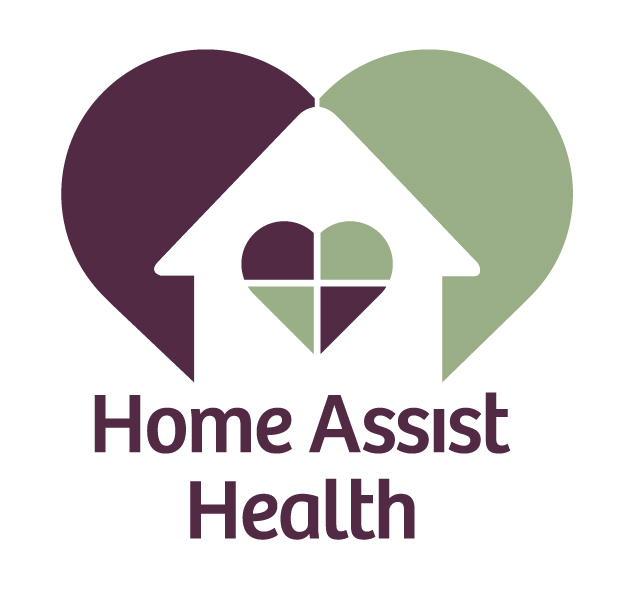
Do you start your day with a cup of coffee? Need that candy bar in the middle of the day? It could be that you are using caffeine as an energy boost. National Caffeine Awareness Month is a great time to get the low down on exactly how much caffeine you are consuming in a day and if that is having any harmful effects on your body. Some uses of caffeine are as an additive to medicine or food so you may not even realize that you are consuming it. March is National Caffeine Awareness Month and with most things in life, it can be good if used in moderation. While most of us associate coffee with caffeine, there are many other sources of caffeine that we need to be mindful of. Caffeine can also be found in: sodas, tea, chocolate or cocoa, and energy drinks.
How can caffeine in moderation can be beneficial? According to a study by the Linus Pauling Institute at Oregon State University researchers summarize that 3-4 cups, equivalent to 300-400 milligrams of caffeine per day, offer few health risks. The Mayo Clinic and Dietary Guidelines for Americans (DGAs), agree that this amount of caffeine can be part of a healthy, daily diet. This is roughly the amount of caffeine in four cups of brewed coffee, 10 cans of cola or two “energy shot” drinks. Keep in mind that the actual caffeine content in beverages varies widely, especially among energy drinks.
As long as a healthy caffeine consumption is maintained, it is a beneficial addition to any diet. It is known to boost memory, detox your liver, help hair growth, and relieve post-workout muscle pain. Healthy doses may also prevent kidney-stones and skin cancer. Many more benefits are mentioned at WebMD.
Caffeine is possibly unsafe when taken by mouth for a long time or in high doses. Caffeine can cause insomnia, nervousness and restlessness, stomach irritation, nausea and vomiting, increased heart rate and respiration, and other side effects. Caffeine can make sleep disorders in patients with acquired immunodeficiency syndrome (AIDS) worse. Larger doses might cause headache, anxiety, agitation, chest pain, and ringing in the ears.
To change your caffeine habit, try these tips:
- Keep tabs. Start paying attention to how much caffeine you’re getting from foods and beverages, including energy drinks. Read labels carefully. But remember that your estimate may be a little low because some foods or drinks that contain caffeine don’t list it.
- Cut back gradually. For example, drink one fewer can of soda or drink a smaller cup of coffee each day. Or avoid drinking caffeinated beverages late in the day. This will help your body get used to the lower levels of caffeine and lessen potential withdrawal effects.
- Go decaf. Most decaffeinated beverages look and taste the same as their caffeinated counterparts.
- Shorten the brew time or go herbal. When making tea, brew it for less time. This cuts down on its caffeine content. Or choose herbal teas that don’t have caffeine.
- Check the bottle. Some over-the-counter pain relievers contain caffeine — as much as 130 mg of caffeine in one dose. Look for caffeine-free pain relievers instead.
